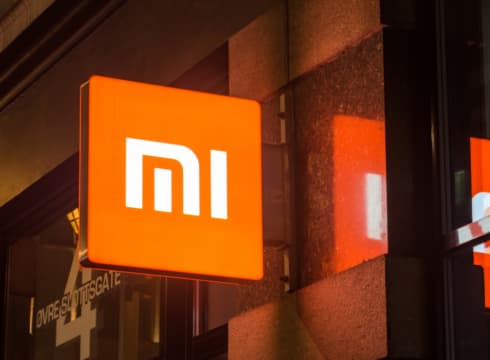The OEM’s India president also said that Xiaomi has already sold 25 Cr devices in its ten-year stint in the country so far
Muralikrishnan B said that the company plans to further expand its manufacturing partnerships in India for enhanced local value addition
XIaomi India president also said that the company will focus on competitive pricing and omnichannel distribution strategy to spur sales in the country
Inc42 Daily Brief
Stay Ahead With Daily News & Analysis on India’s Tech & Startup Economy
Original equipment manufacturer (OEM) Xiaomi India plans to ship 70 Cr devices, including smartphones, televisions, tablets, and connected devices, over the next decade.
Speaking with ET, Xiaomi India president Muralikrishnan B said that the company plans to further expand its manufacturing partnerships in India for enhanced local value addition.
“Today as of 2023, we are already looking at the non-semiconductor BOM (bill of materials) of the phone at about 35% being locally sourced. Over the course of the next two years with our strategy to broaden and deepen the company localisation ecosystem, we expect that number to go up to 55% of the non-semiconductor board of a smartphone,” Muralikrishnan said.
Noting that the smartphone maker plans to source locally over the next two years, the Xiaomi India top executive also said that the company is looking to increase the “net domestic value addition” for its smartphones to 22% by 2025. For context, he said that the metric stood at about 18% at the end of 2023.
He also said that Xiaomi has already sold 25 Cr devices in its ten-year stint in the country so far.
On the OEM’s future sales strategy, Muralikrishnan said that the company would focus on four key aspects namely “cutting-edge products” at competitive pricing, marketing outreach across social media, an omnichannel distribution strategy and shoring up investments in after-sales service.
The Xiaomi India president also believes that the premiumisation “trend” has impacted the entry-level and mid-range smartphone segments.
While noting that the average selling price of smartphones in India has gone up to INR 20,800 in 2024 (so far) from INR 8,800 in 2014, Muralikrishnan added that the mid segment (INR 10,000 to INR 15,000) will continue to command a lion’s share in India’s smartphone sales.
Emphasising that “single product brands won’t survive henceforth”, he said that consumers were more inclined lately towards an “ecosystem experience” of connected devices encompassing phones, smartwatches, and tablets.
Xiaomi’s pivot to India comes at a time when the Indian government has pulled all stops to roll out a red carpet for global electronics companies under its “Make in India” initiative. Be it subsidies, sops or production-linked-incentives (PLIs), the union government has left no stone unturned to woo these OEMs.
On the other hand, more and more manufacturers are looking to pivot to India as geopolitical tensions between Beijing and Washington SC escalate.
While Apple vendor Foxconn has aggressively scaled up its presence in India in the past few years, Xiaomi too has ramped up production in the country in partnership with homegrown contract manufacturer Dixon Technologies.
Interestingly, in February this year, Xiaomi has internally told Indian authorities that smartphone component suppliers were wary of setting up operations in the country. At the time, it had also urged local officials to consider offering manufacturing incentives and lowering import tariffs for certain smartphone components.
That said, Xiaomi slid to the second spot in terms of smartphone shipments in the first quarter (Q1) of 2024 with 19% market share, as per Counterpoint data.
{{#name}}{{name}}{{/name}}{{^name}}-{{/name}}
{{#description}}{{description}}...{{/description}}{{^description}}-{{/description}}
Note: We at Inc42 take our ethics very seriously. More information about it can be found here.


